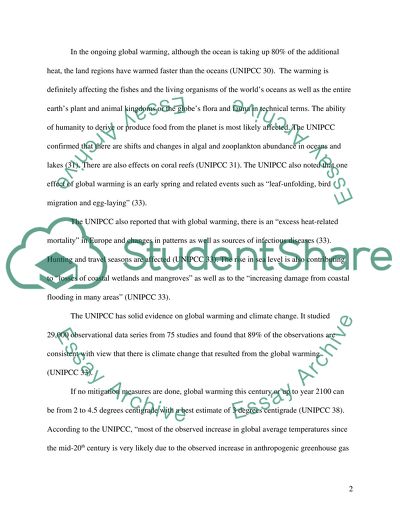Cite this document
(Climate Change, Global Warming, and Related Issues Term Paper, n.d.)
Climate Change, Global Warming, and Related Issues Term Paper. Retrieved from https://studentshare.org/environmental-studies/1567681-metaphysics-of-philosophy
Climate Change, Global Warming, and Related Issues Term Paper. Retrieved from https://studentshare.org/environmental-studies/1567681-metaphysics-of-philosophy
(Climate Change, Global Warming, and Related Issues Term Paper)
Climate Change, Global Warming, and Related Issues Term Paper. https://studentshare.org/environmental-studies/1567681-metaphysics-of-philosophy.
Climate Change, Global Warming, and Related Issues Term Paper. https://studentshare.org/environmental-studies/1567681-metaphysics-of-philosophy.
“Climate Change, Global Warming, and Related Issues Term Paper”. https://studentshare.org/environmental-studies/1567681-metaphysics-of-philosophy.


